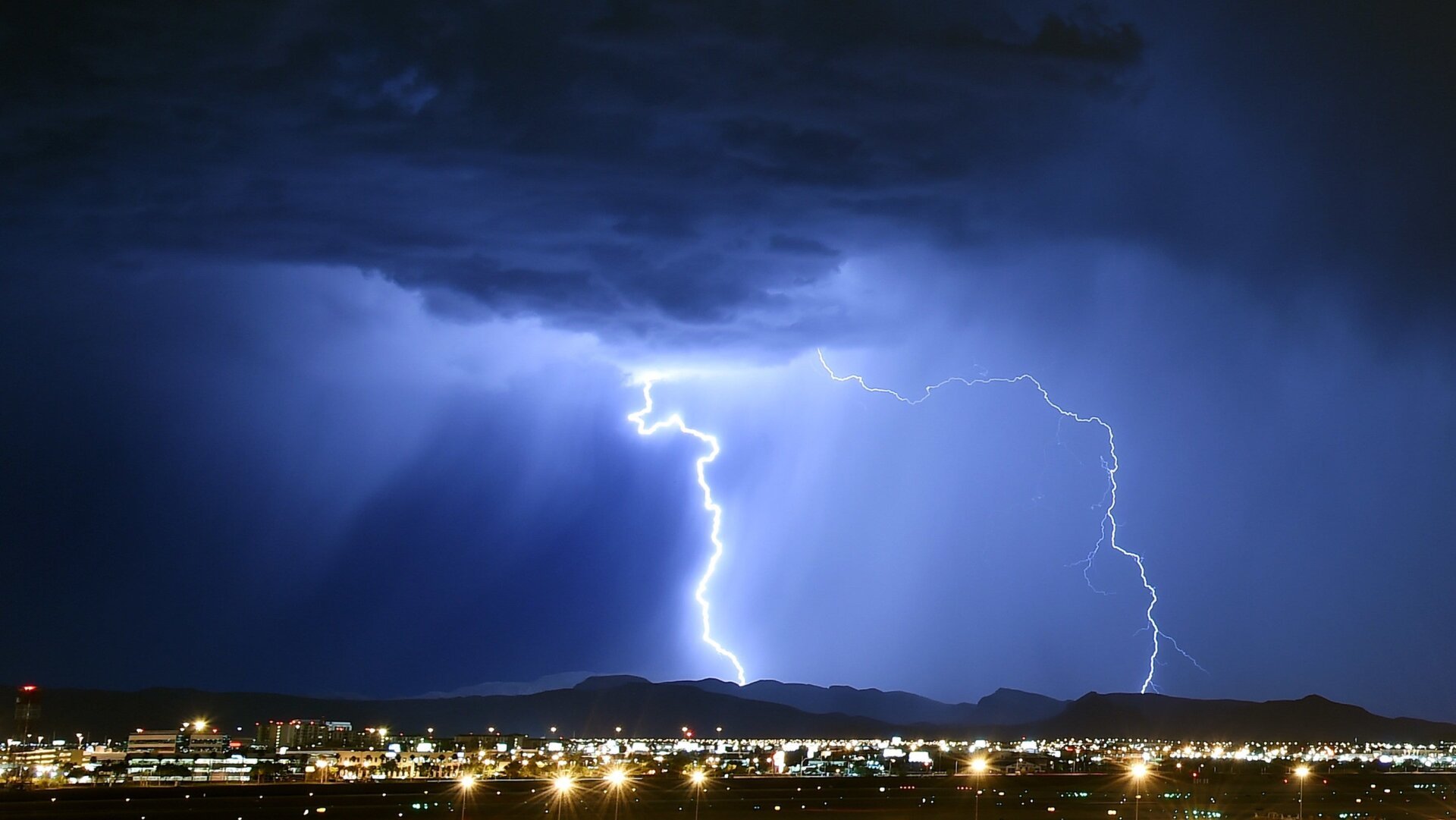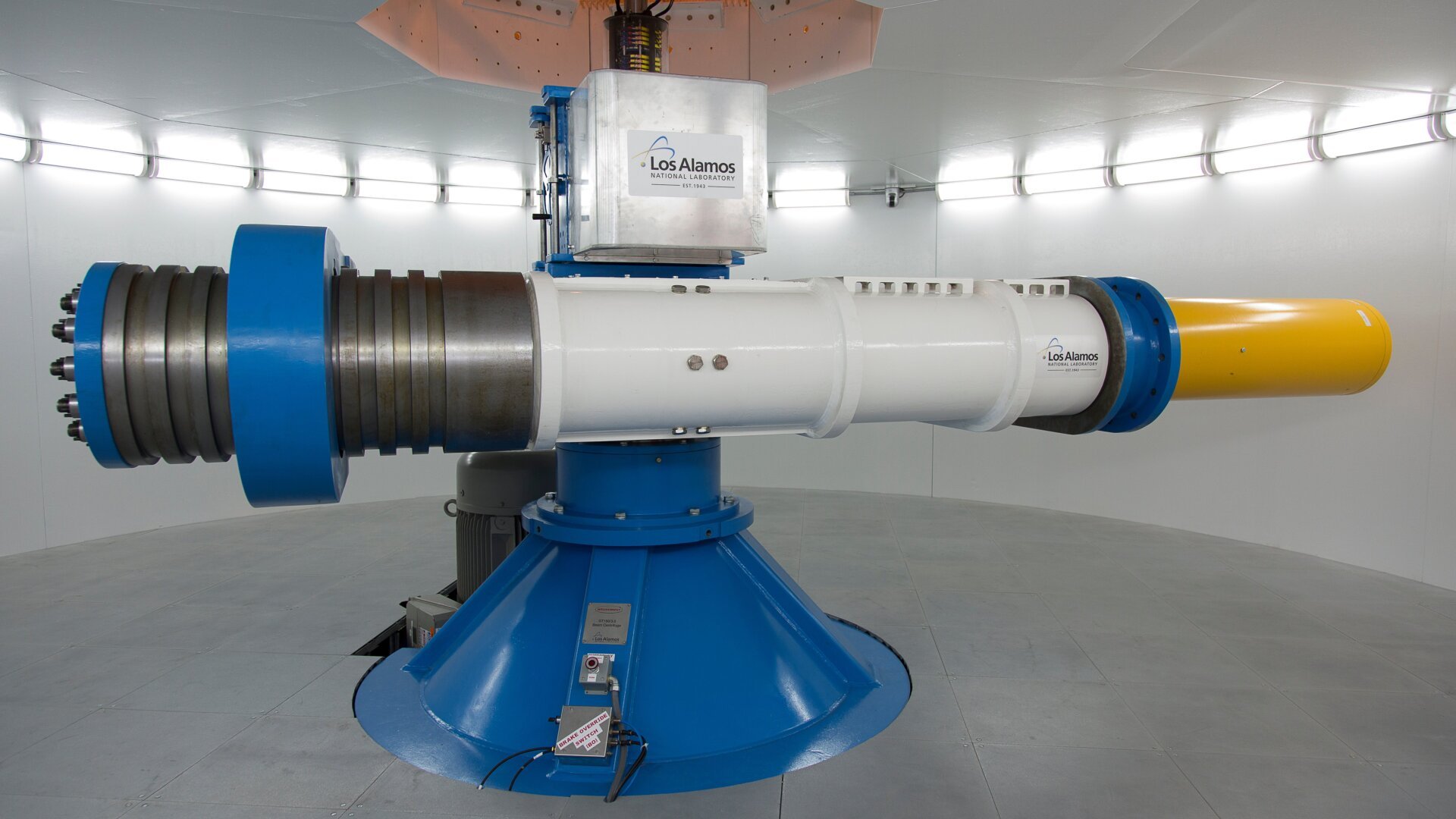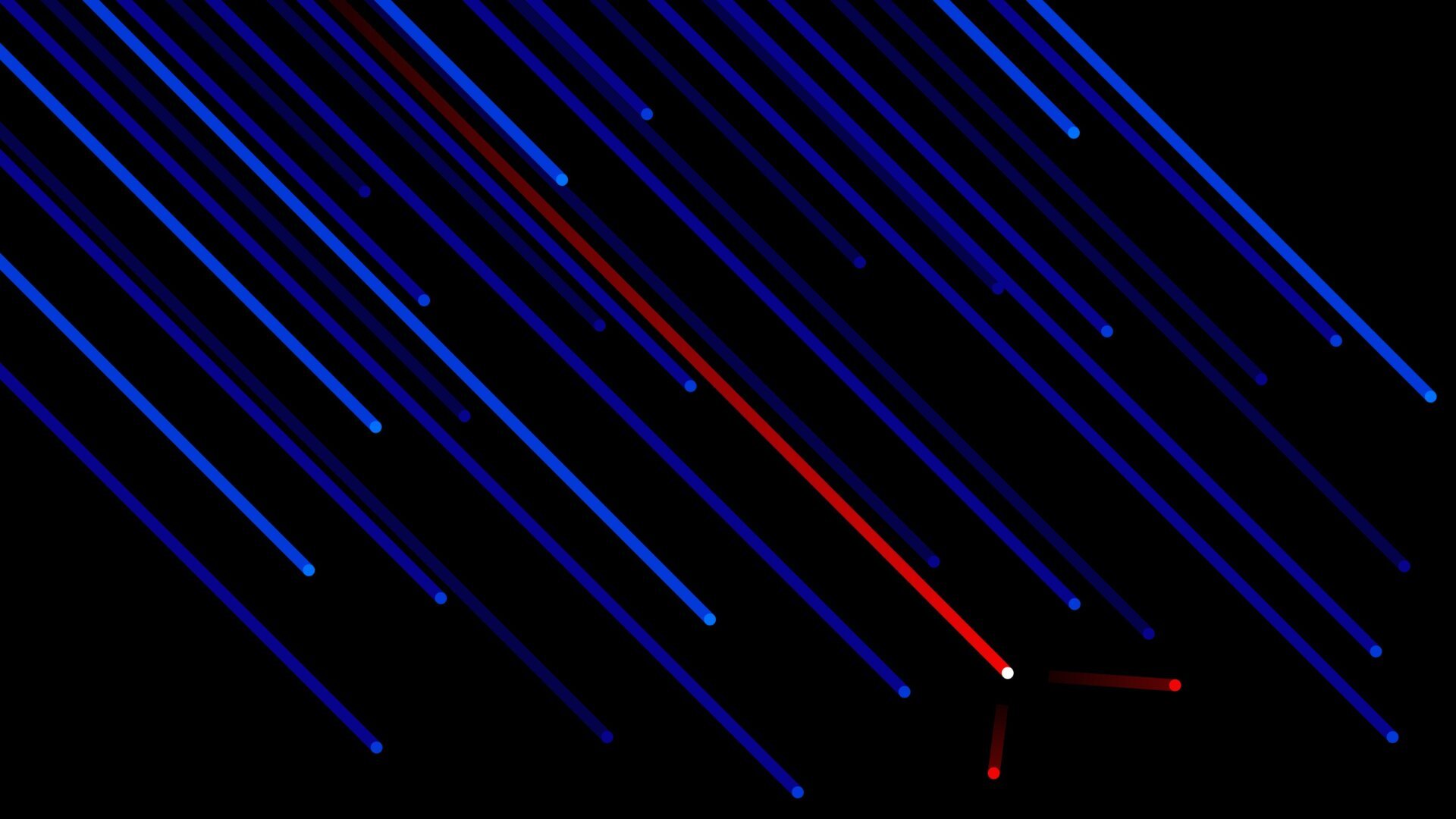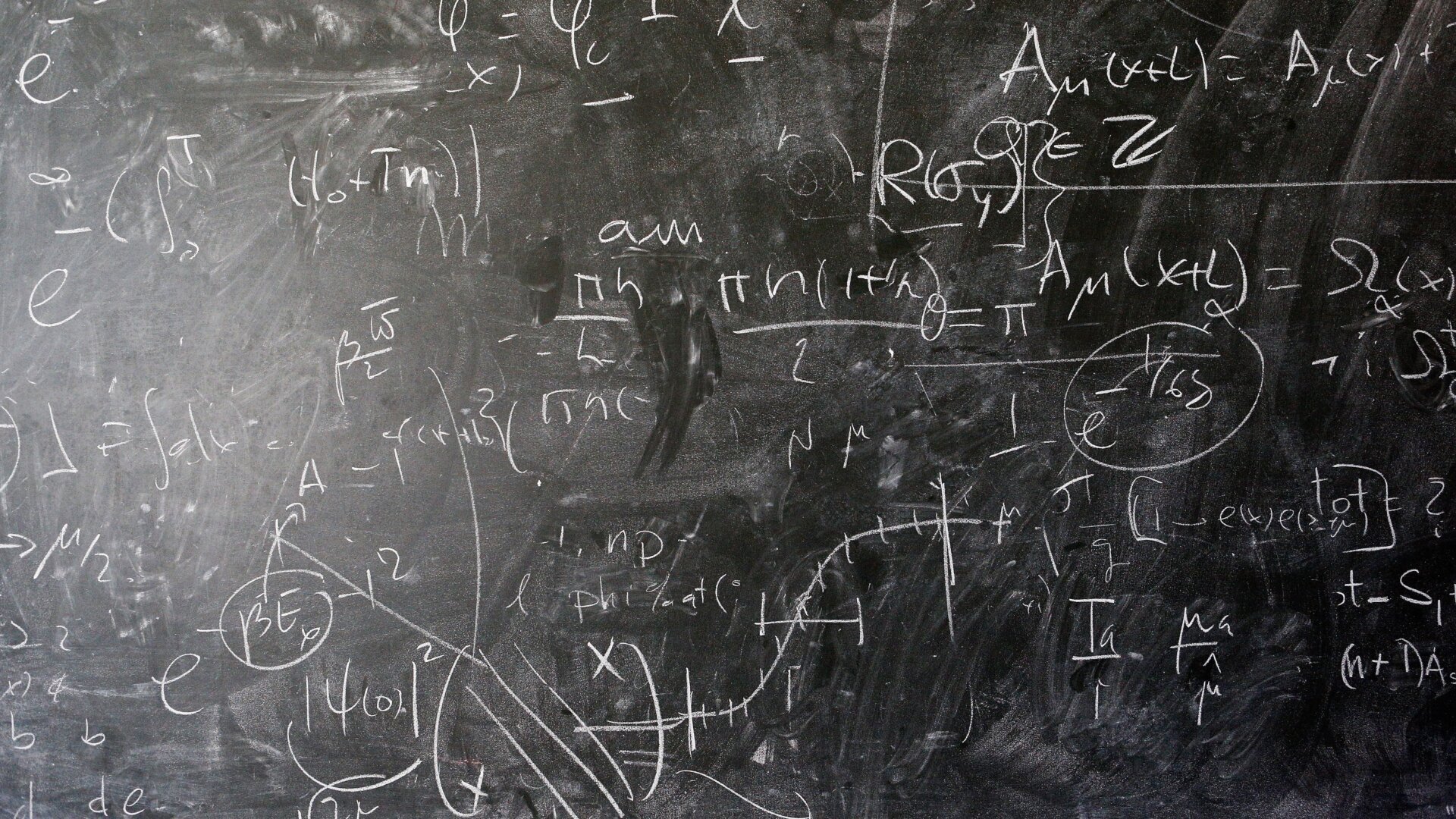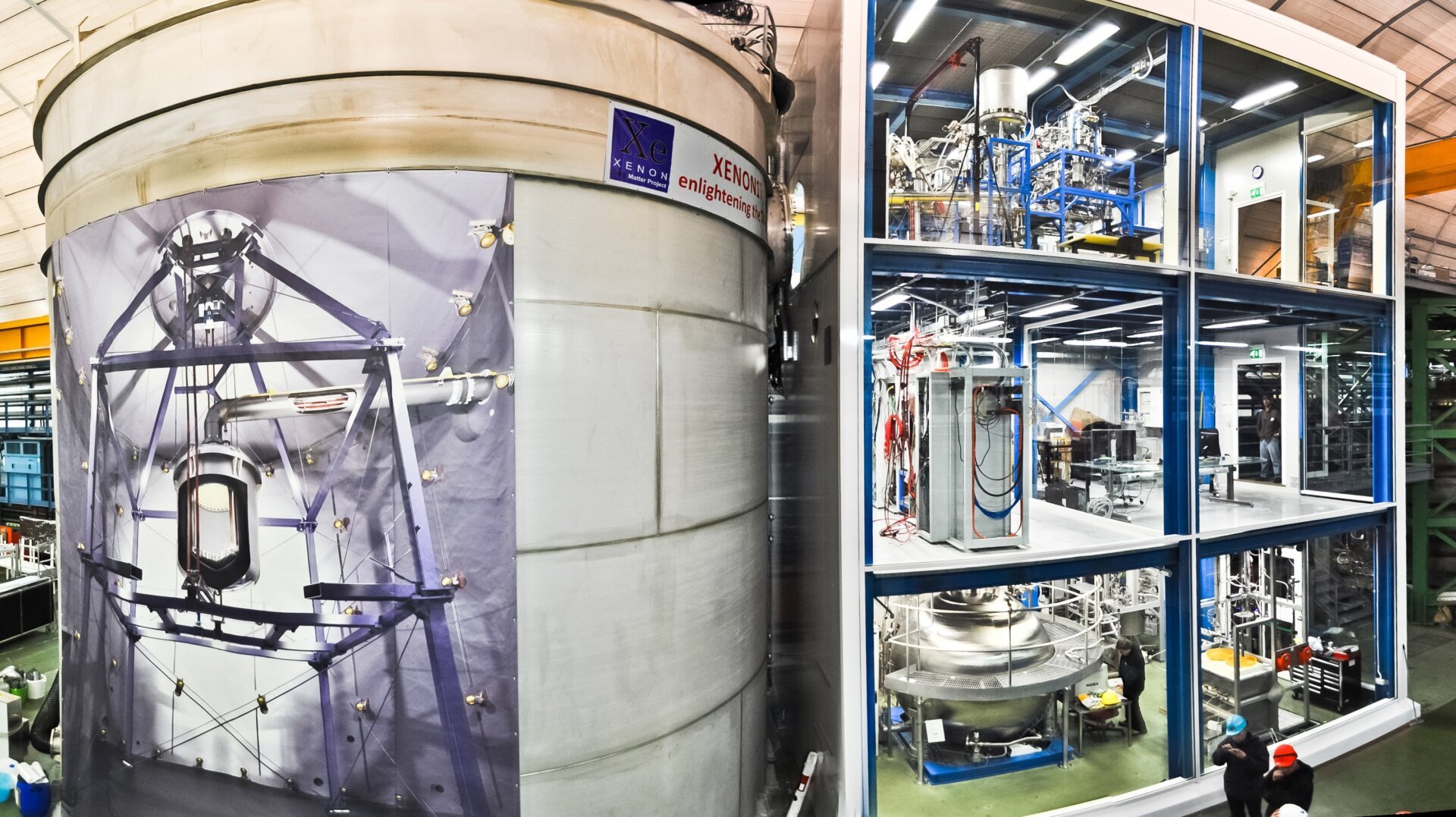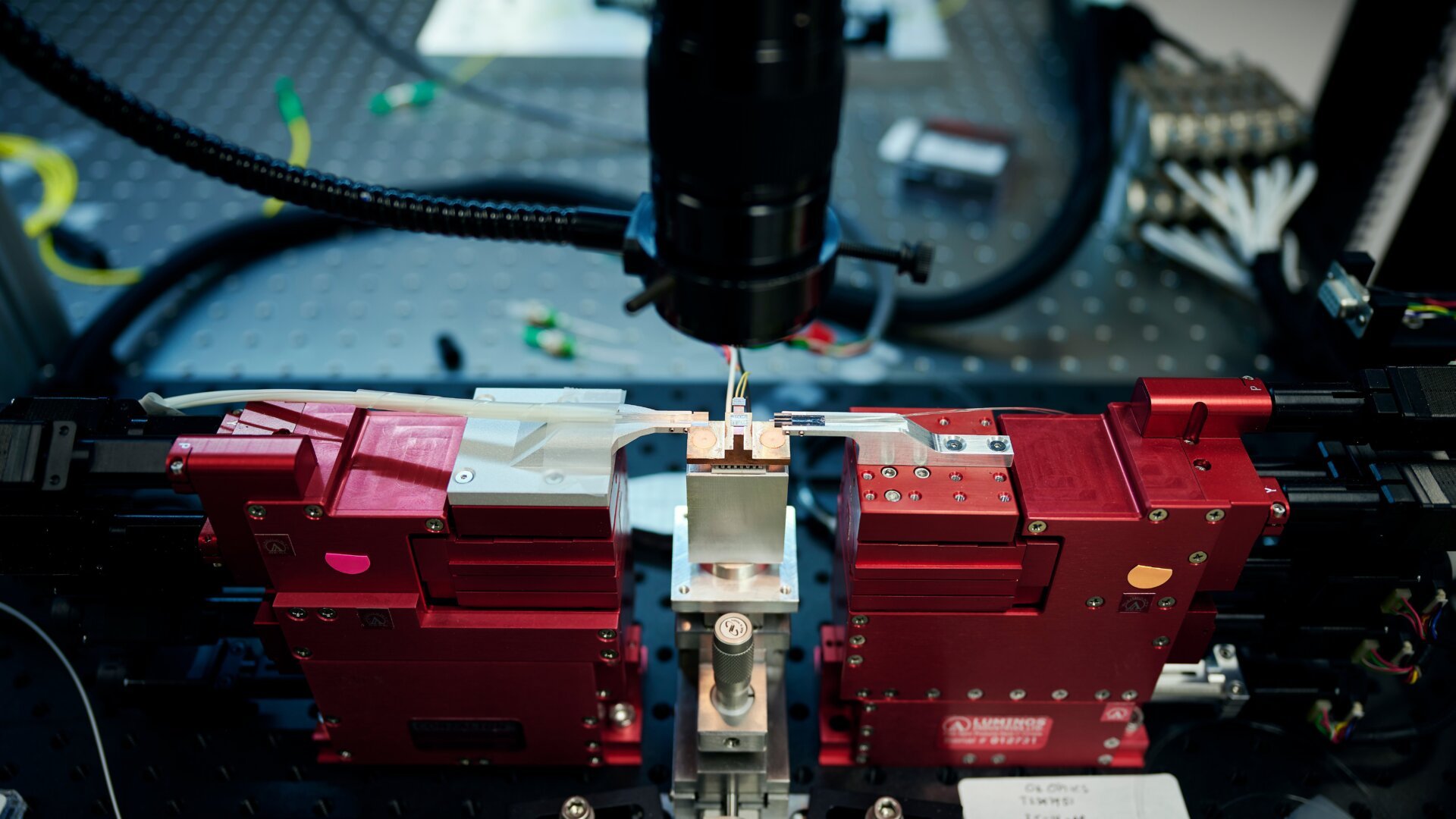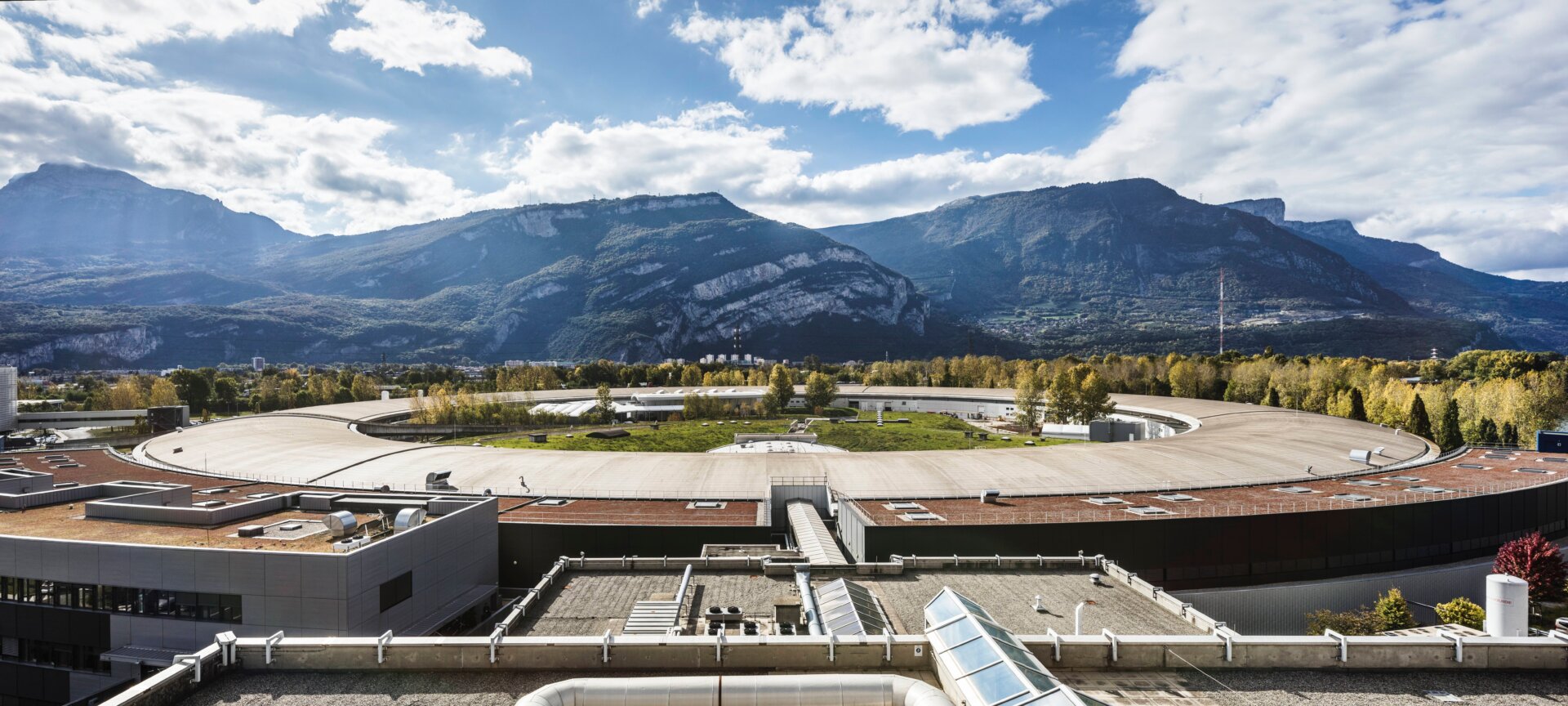A recent study suggests a surprising connection between Cold War-era nuclear weapons testing and increased rainfall across the globe. Researchers found evidence that radiation from these tests may have significantly altered atmospheric conditions, leading to a measurable increase in precipitation.
This finding highlights the complex interplay of factors influencing weather patterns, demonstrating how human activities can have unforeseen consequences on a global scale. Rainfall, a fundamental element of Earth’s climate system, relies on the collision and coalescence of tiny water vapor droplets in the atmosphere. These droplets, forming clouds and eventually precipitating as rain, are susceptible to changes in electrical charge.
According to R. Giles Harrison, lead author of the study and a researcher at the University of Reading’s Department of Meteorology, nuclear weapons testing represented a “substantial perturbation” to the atmosphere. The research team’s findings, published in Physical Review Letters, indicate that radiation from these tests may have altered the electrical charges of these droplets, influencing their ability to combine and grow.
The researchers analyzed a variety of data sources, including records of atmospheric strontium-90 levels from the High Altitude Sampling Program, measurements of charged atoms near Earth’s surface, and electrical current readings between the air and Earth taken in London. These data sets all showed noticeable increases in radioactivity and electrical activity during the early 1960s, coinciding with a period of intense atmospheric nuclear testing. While these tests were not conducted near the United Kingdom, the resulting radiation dispersed widely throughout the atmosphere.
To investigate the potential impact on rainfall, the team examined cloud and precipitation data collected at the Lerwick Observatory in Shetland, Scotland. Their analysis revealed significantly thicker clouds during this period, along with a 24% increase in rainfall when precipitation occurred.
Although the exact mechanism remains unclear, the researchers hypothesize that increased radioactivity and electrical charge influenced the merging and growth of water droplets. This isn’t entirely unexpected, considering that even steel produced after World War II exhibits higher levels of radioactive isotopes due to weapons testing fallout.
Roelof Bruintjes, a project scientist at the National Center for Atmospheric Research who was not involved in the study, acknowledges the intriguing nature of the research and the credibility of the team. While he finds the concept plausible, he cautions against drawing definitive conclusions. He emphasizes the need for further investigation, noting that the study relies on diverse data sources from over six decades ago, and the observed changes could potentially be attributed to coincidental weather fluctuations. However, he agrees that the findings warrant further exploration.
The impact of particles released by plants and humans on cloud growth is already recognized, as documented in a study published in Nature. However, much remains unknown about the intricate processes of cloud formation. Harrison expressed hope that future experiments using weather balloons and other instruments could provide more detailed insights into droplet coalescence.
Understanding the influence of radiation and electric charge on cloud formation holds potential implications for research into geoengineering and other technologies aimed at mitigating the effects of climate change. Bruintjes stresses the importance of comprehending the dynamics of individual clouds before embarking on large-scale weather modification projects.



